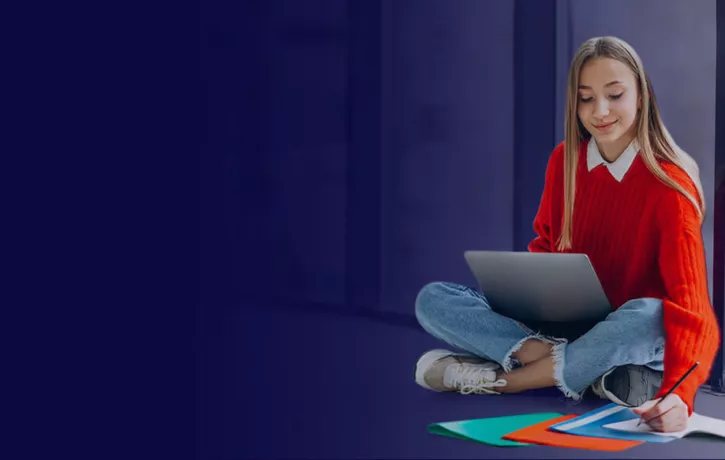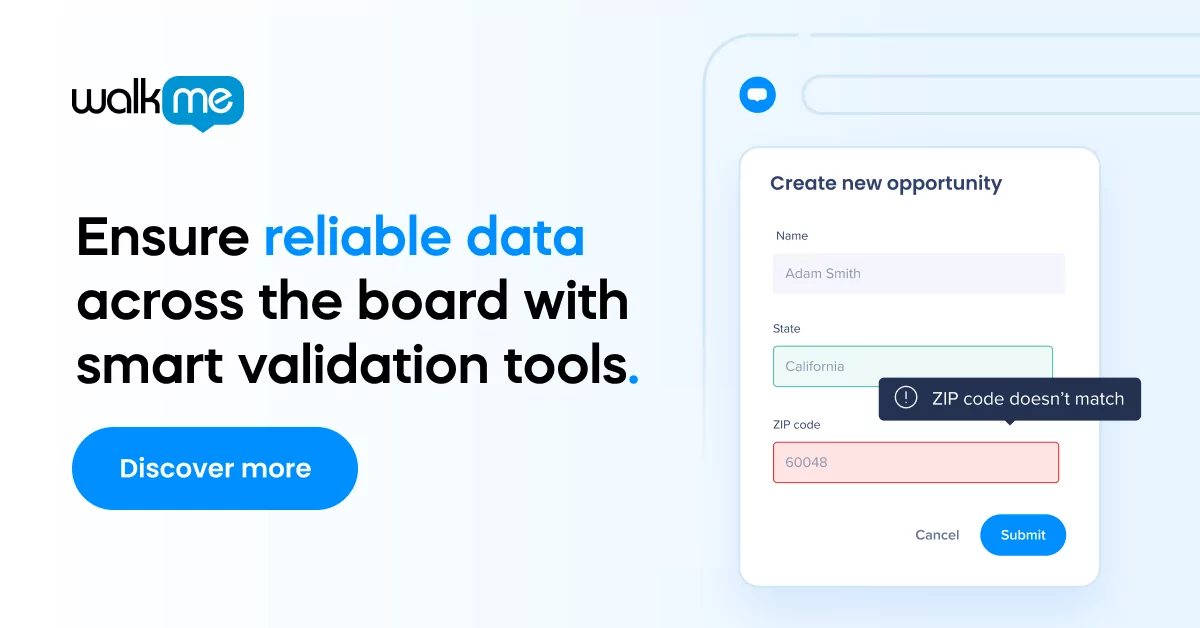One of the biggest shocks when COVID hit, was the closing of schools. For many, this particular closure symbolized the level of crisis that the pandemic had unleashed. Now that we have adjusted somewhat to the “Next Normal” and the schoolyear of 2020 has begun, we must stop and ask, “what is the future of education?”
Each country is approaching this unprecedented challenge differently, depending on their health and safety practices, and their infection rates. But there are some tenants that are global and are emerging as potential up-sides to transitioning to a more digital education system.
Let’s explore these important values and how technology, educators, and governments can support them.
A more individualized approach
While classroom learning limited teachers to addressing a large number of students all at once, distance-learning or LFH (learning from home) can actually allow for more individualized learning techniques. While the technology that supports learning like an LMS can provide a text for students to read, or a video for students to watch, a teacher can then schedule individual time slots to meet with each student, or a small group of students to go over the work. Instead of being one student in a classroom of thirty eager and rambunctious peers, students can benefit from individualized attention in their “digital classroom” and receive the attention that they otherwise would not have been granted in a classroom.

Accountable communication
In our old classroom model, students could slip through the cracks. A note from the teacher could “get lost” before it made it into parents’ hands. With digital education, communication is seamless and trackable. Teachers can communicate with students and parents alike through internal LMS messaging features or other applications, preventing miscommunication, and protecting both students and teachers alike. Especially for young students, this type of system can ensure that all students are treated equally, that all parents are kept in the loop, and that all teachers are equipped with the tools that they need to communicate effectively.
Sometimes additional engagement technology can streamline and support communication in an already-existing LMS or software.

Although the lockdown reality caused anxiety and depression for many people, students especially suffered from their sudden lack of social interaction at school. But as kids around the world adjusted to their new reality, they learned to adapt their social needs and outlets. If learning schedules become more flexible, students will have more freedom to create their own social schedules, to see the people that they are most interested in seeing, and also take more time and space for their own hobbies, interests, and personal development.
A bright future
There is no question that education will never be the same. And although there are many challenges that have arisen and will continue to arise, technology can and inevitably will support a dynamic, engaging, and individualized learning reality. Students that are children and adults alike will evolve in their needs and relationships to learning, socialization, communication, and ultimately, success.


